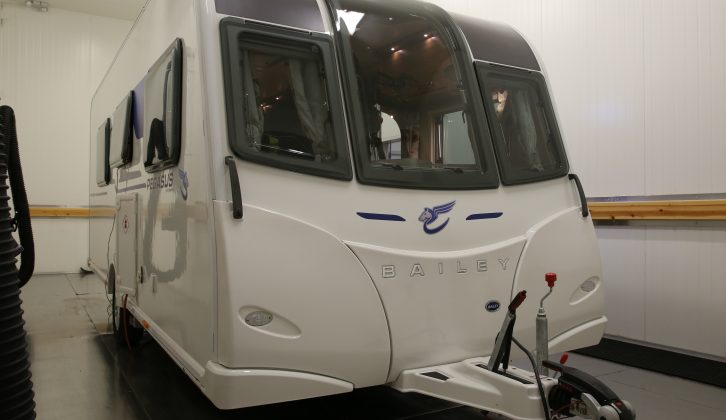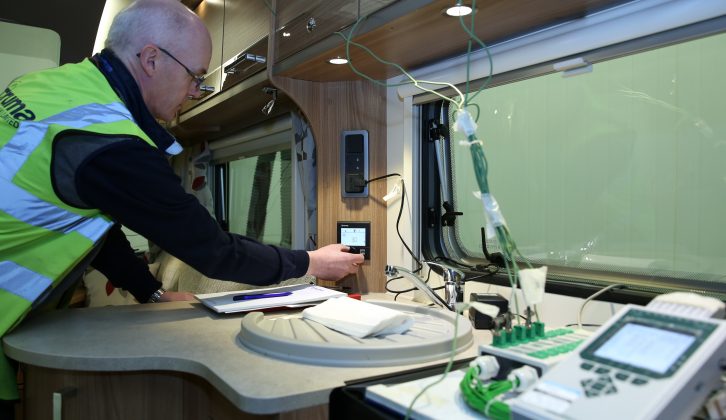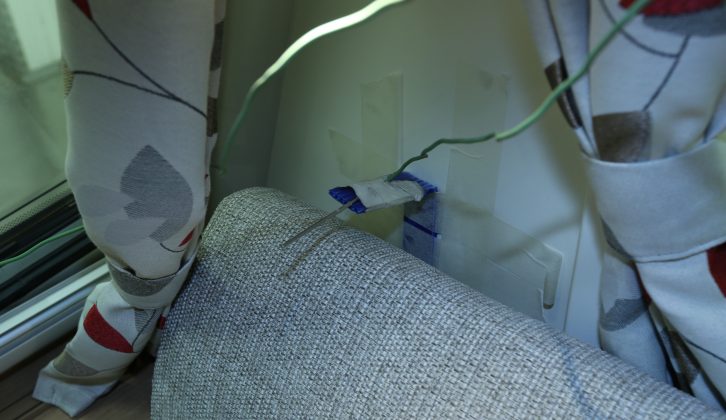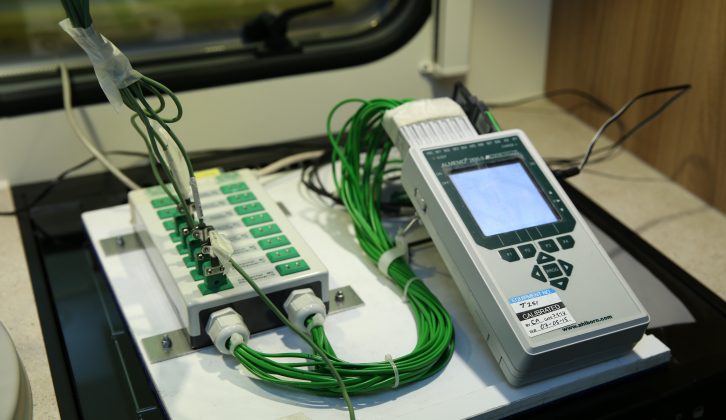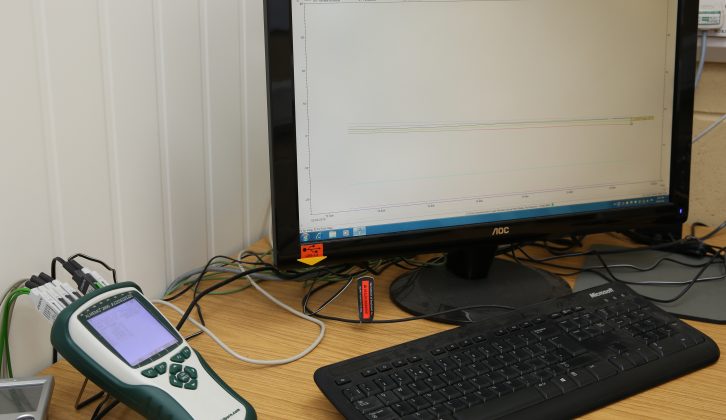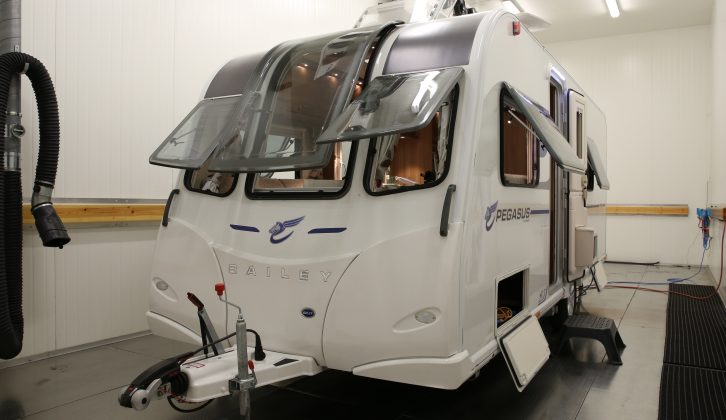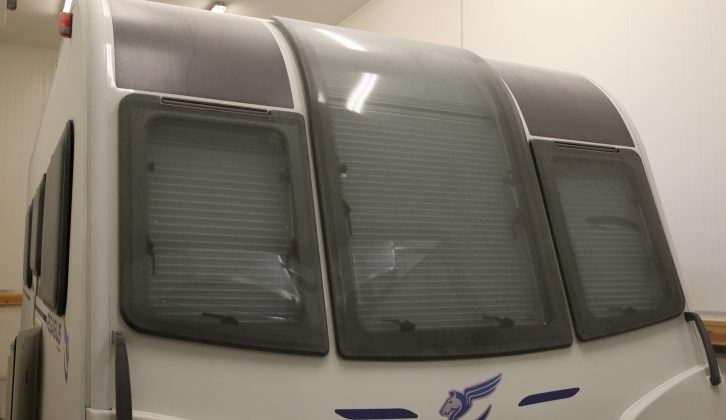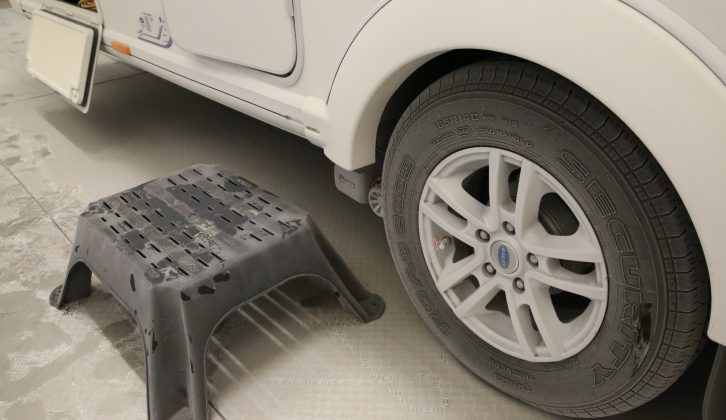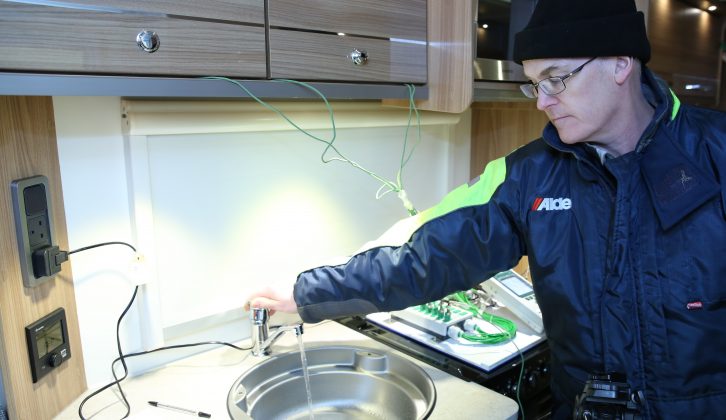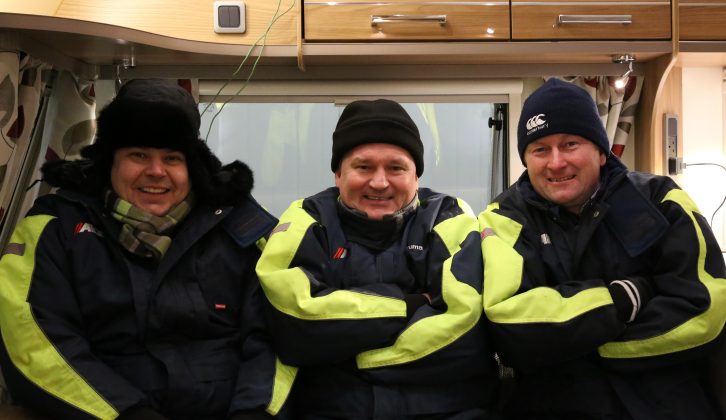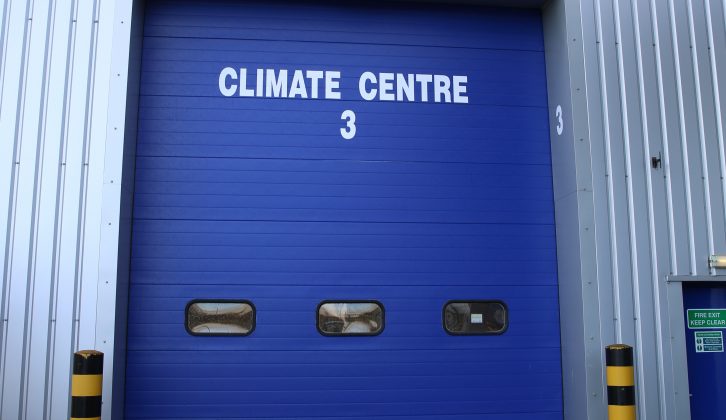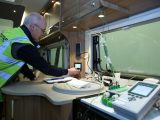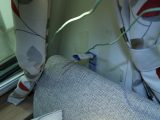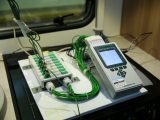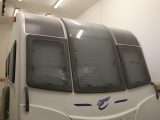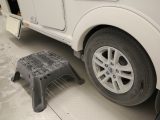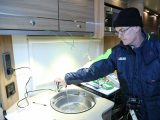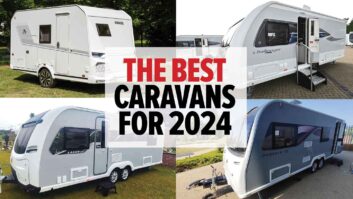“How would you like to spend the night in a cold chamber … at -15C?”
Now, I have had better offers in my time. But when Truma UK boss Martin Fitzpatrick suggested a kip in his Climate Centre, it occurred to me that it might answer a question that often troubles me on caravan launches when the manufacturer proudly tells me that the new van has achieved “Thermal insulation EN1645 Grade 3”. The question being: just what exactly does that mean?
I mean, it certainly sounds like great news for those of us who like to keep on touring all year round. But I’m not sure that anyone has ever explained to me how this grading is achieved. And I guess it’s worth a chilly night – or hopefully not, if the heating works – to find out more…
So it was that I met up with Martin and Simon Howard from Bailey (I’ll explain why the latter shortly) at Truma’s base near Derby. The firm had its climate chamber constructed in 2012, and it has since played host to most of the UK’s manufacturers, as they find out how their caravans and motorhomes withstand temperatures down to -30C – and indeed hotter temperatures, to discover whether or not their glues will hold or their windows warp in tropical climes.
Truma was kind enough to run a full Grade 3 test to show me how it works, and the subject van was a new single-axle Bailey Pegasus – the van that currently holds the record for achieving Grade 3 classification, in just 64 minutes.
First, the caravan is reversed into the chamber, the doors are sealed and the huge refrigeration units are fired up. An engineer then adds a thermal probe into each corner of the main living area of the van, 1m above the floor, with another in the centre of the van at the same height. All the probes are linked up to the control room – and a further 11 can be added, which is ideal for identifying cold spots when prototype testing.
All of the caravan’s windows, doors and hatches are then opened, the climate centre is set to -15C and left overnight. The following morning, once it is thoroughly chilled, all of the windows, doors and hatches are closed and the heating is turned on: here’s stage one of the test, because the heater then has a maximum of four hours to raise the temperature at the centre probe to 20C (the corner probes can be plus or minus 7C).
If it manages that, the caravan is then moved on to stage two: stablisation. The heating must hold the temperature inside the caravan at a steady 20C for two hours, during which time the energy use is recorded – though sadly manufacturers aren’t obliged to publicise this information!
If the stablisation phase is passed, the final step is to introduce water to the tourer’s system and check that it is running freely at each tap. If a caravan passes all three stages, then it is issued with a Grade 3 classification.
Having witnessed all of that I knew what it was about, so it was time for me to enter the van. I only agreed to take part if there was plenty of wine, something to do (in this case Lego and poker) – oh, and if Simon and Martin joined in. After all, it was Martin’s idea (and his Truma Combi 6E heater), and Simon built the van so it was only right that he put his money where his mouth is.
Want to see how we got on? Watch our video!
All of the caravan's windows, doors and hatches are then opened, the climate centre is set to -15C and left overnight
